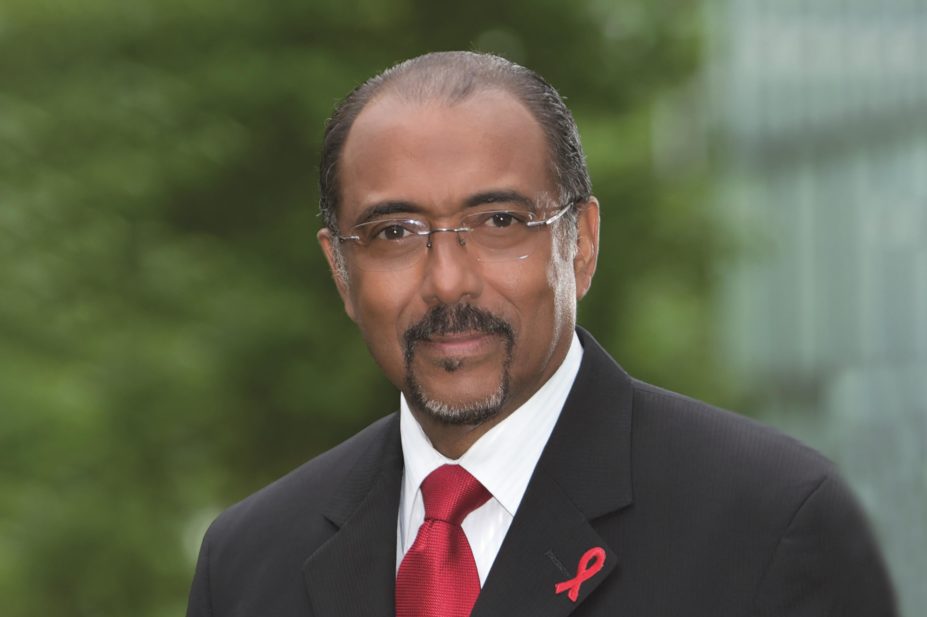
UNAIDS
The number of people in the world with HIV who gained access to antiretroviral treatment in the past six months has risen by one million, according to a report published by the international charity UNAIDS on 21 November 2016.
There are now 18.2 million people receiving the therapy – double the number of people five years ago, the report points out.
And if current access to drug trends continue, the world is on track to achieve the United Nation’s target to have 30 million people on appropriate HIV therapy by 2030, which would bring an end to the global AIDs epidemic.
Launching the report, Michel Sidibé, the executive director of UNAIDS, says: “The progress we have made is remarkable, particularly around treatment, but it is also incredibly fragile. New threats are emerging and if we do not act now we risk resurgence and resistance. We have seen this with TB. We must not make the same mistakes again.”
The report also warns that despite the overall increases in access to medicines, new HIV infections are continuing to rise in some patient populations. Between 2010 and 2015, there was a 36% increase in HIV infections among people who inject drugs and a 12% rise in the number of infected homosexual men and men who have sex with men.
In 2015, the total number of people newly infected with AIDS globally was 2.1 million, of which 110,000 were children aged under 15 years.

